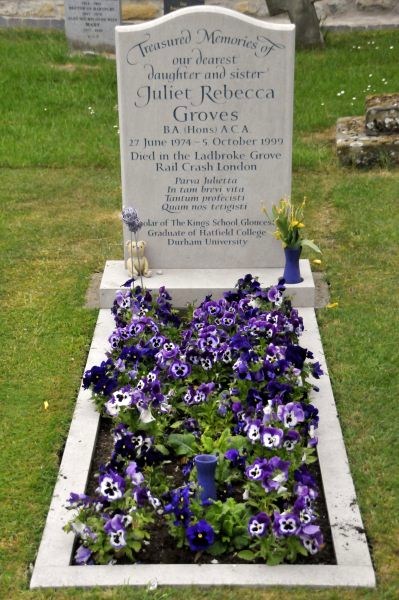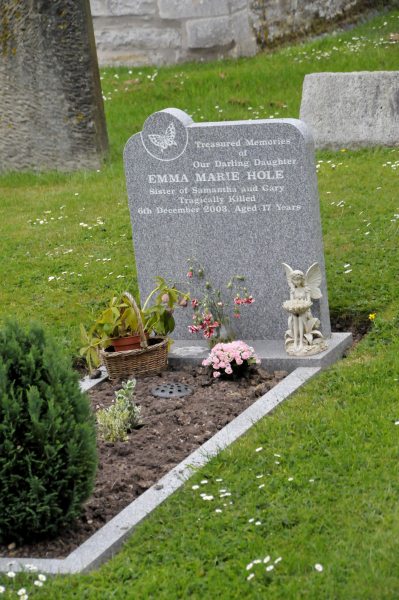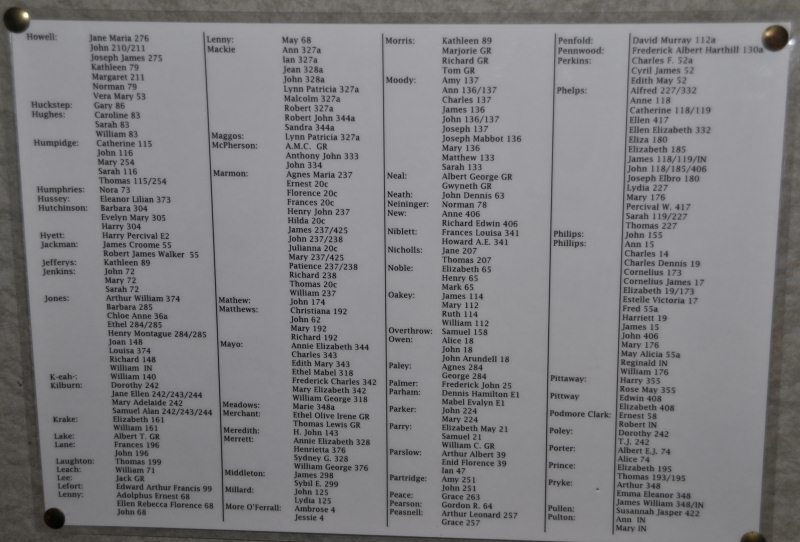Hartpury Churchyard

|
Hartpury Churchyard
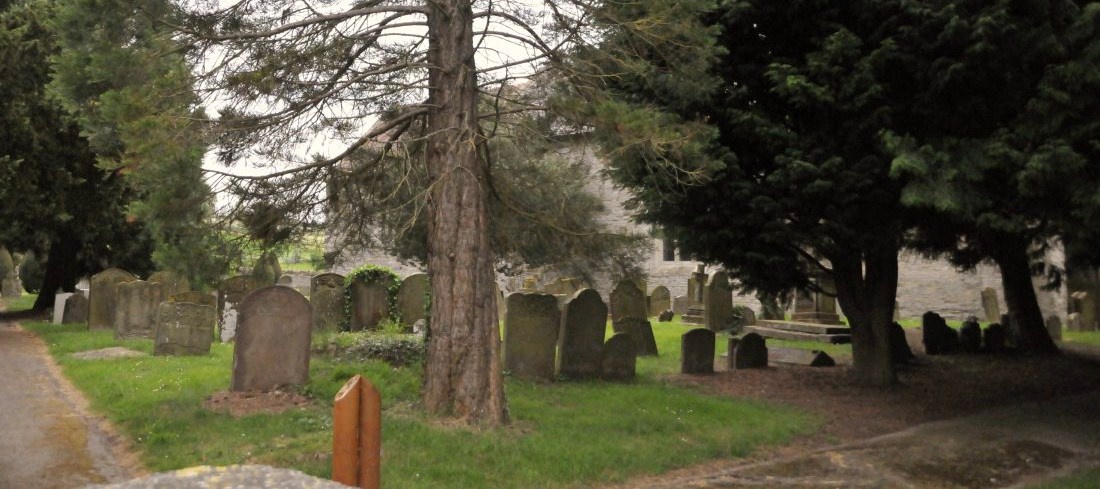
Hartpury’s churchyard has always been lovingly cared for by the villagers and a maintenance fund existed by 1910. The annual costs – then only three pounds – were defrayed by subscription, sale of grass and “breaking of ground” fees. It was then rare to visit the churchyard without finding someone at work and tales are still told of cider and fruit cake provided by the churchwardens. Costs though, continued to rise and by 2004 amounted to one thousand six hundred pounds. The Parochial Church Council now strives meet the increasing gap between income and the costs of maintenance.
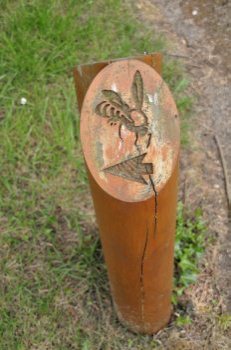 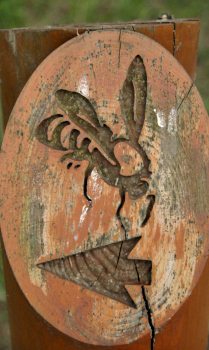
Seen at the bottom of the photo above is the signs to the Bee Shelter - our real reason for being here - that is until we got fascinated The churchyard is a haven for wildlife in a time of changing agricultural practice. Rare local varieties of fruit trees, particularly the perry pears, have been planted around the churchyard. Their blossom and fruit are already benefitting wildlife. Graves are regularly visited, but in some parts the mowing regime has been relaxed to allow the grass to grow benefitting insects and allowing wild flowers to set their seeds. A survey of the lichens in the churchyard has been carried out and their continuing wellbeing is to be monitored. Generally headstones and the lichen growth on them are left untouched, being part of the charm of the churchyard. Lichen are primitive organisms composed of an alga and a fungus living together. Some grow very slowly, only a half a millimeter a year and may be as old as the gravestone they are growing on. The sandstone memorial to Joseph Goodwin has at least nine different species living and growing on it. If the gravestone had been limestone it would have just as many but from a different range of species. One collapsed stone however, has been reset so that the inscription is again visible and the oldest surviving lower lias headstone has been restored.
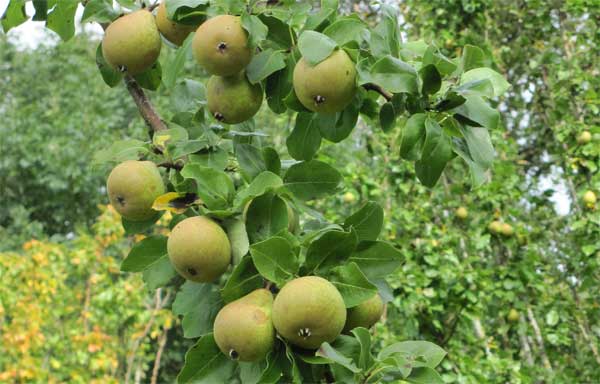
The
PCC has rescued and rebuilt three table tombs that were in a state of collapse
and, adopting a policy of timely but minimal intervention, has always conserved
the listed Sloper chest tomb. The work of the craftsmen who carved the ancient
headstones is one of the joys of a country churchyard, but the loss of
traditional skills has in recent years led to a monotonous flow of unimaginative
lettering carved on predecorated, mass produced stones. The use of local stone
has declined due to the comparative cheapness of imported stone. This has led to
the diocese prohibiting the use of marble and granite and severely restricting
the installation of figures of angels, crosses and kerbing.
The
2001 edition of The Churchyard Handbook is far more positive than its
predecessors in its encouragement of initiative in the commissioning of
memorials. It states “It must be admitted that efforts to avoid the restless and
discordant effect of inappropriately shaped and sized stones can result in
uniform rows of very similar headstones, lacking the character of earlier
memorials. There is much to be said for encouraging variety, as long as the
emphasis remains on quality”. It asked those responsible for churchyards to
welcome creative and individual designs. May
the memorial be worthy of the life it celebrates! Although
the idea of marking a grave with a headstone dated from the Celtic and Roman
period, in medieval times individual stones or monuments were rare. The move to
erect personal memorials began after the Restoration, when the developing middle
class of the yeoman farmer, lawyer, merchant and master craftsman felt the need
to commemorate their lives and achievements. The
headstone and a smaller footstone were placed at either end of the grave
although many footstones have been removed over the years to make the
maintenance of a churchyard easier. The earliest stones were usually quite
simple, carved on one side of a thick piece of stone with a sunken panel
containing the inscription. As well as headstones, flat horizontal or “ledgers”
are also found. The ledger was sometimes raised on brick or stone walls thus
becoming a chest or table tomb, with the memorial to one or more members of a
family often embellished with symbolic decoration carved on its sides.
Most of the early
tombstones here are either Cotswold limestone, grey pennant sandstone from the
Forest of Dean (often appearing green due to lichen growth), or Old Red
sandstone from the Herefordshire borders, but there is one early one (John
Fletcher 1710) of lower lias limestone “mudstone”. This probably came from the
local Hartpury quarries on Woolridge. Even though its condition was very poor,
the decision was taken to restore it as part of the village’s heritage. The
stone bears the inscription: “Death
in a very good old age did end my weary pilgrimage And was to me an ease
from paine and entrance into life againe” A very good old age
was also reached by the local millers son who died in 1931 aged one hundred. His
death is recorded on his elder sister’s stone, which carries the
inscription: “Whosoever will, let
him take the water of life freely” Whether or not the
humour was intended, he certainly took the waters literally when playing as a
toddler with his brother near the mill pond. They fell in and were only kept
afloat by the skirts young boys wore at that time. It is surprising how
many of the epitaphs found on 18th century graves appear again and
again with only minor variations all over the country. One source would have
been the travelling peddler who sold songs and verses suitable for any occasion.
At Hartpury the
ancestors seemed to take delight in reminding us of our mortality as well as the
records of suffering: Remember man that
thou must die As thou art now so
once was I As I am now so shalt thou be Prepare thyself to
follow me
1747 All men are mortall
all are born to die Death all conducts
into eternity. Farwel dear friends
don’t for ye love complain We part a while but
soon shall meet again
1766 All you that come our
grave to see Prepare yourselves to
follow we Repent in time no
gold can save Not youth or old age
from the grave
1797 All you that pass
this way alone Pray think how soon I
was gone Death does not always
warning give Therefore be careful
how you live
1803 I was so long with
pain oppressed Which wore my
strength away And made me long for
endless rest That never can
decay
1819 Physicians tried but
all in vain Till God at last did
think it best To ease my pain and
give me rest
1916 I wonder if they
would approve, I told you I was ill,
in this churchyard so inspiring us to be creative and
inspiring.
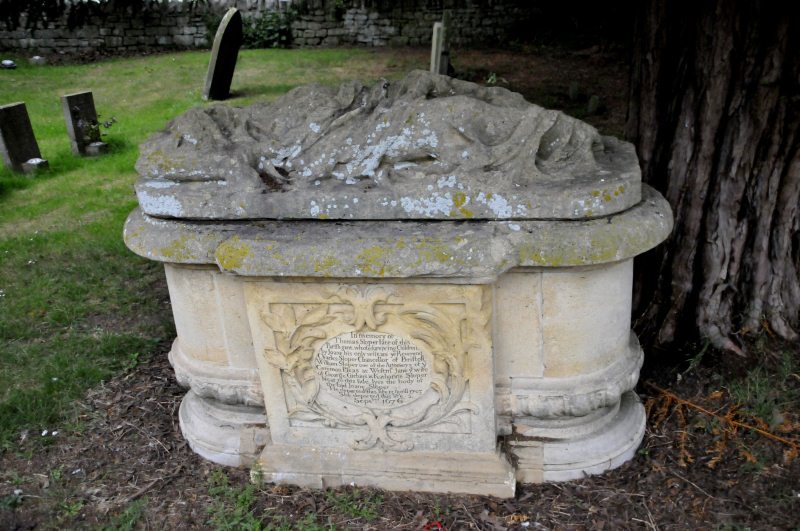
This unusual Grade II
listed stone chest tomb of lawyer Thomas Soper who
died in 1703. The reclining effigy is likely to be of his wife Joane who died in
1676, making it a very early example to be found outside (not in a church).
Although it is very worn, it is amazing that it has survived for so long, no
doubt due to the yew tree that now disturbs the foundations. The monument was
sensitively restored in 2003 by one of the country’s leading stonemasons Rory
Young. Headstones only
started to appear in the churchyard after the restoration of King Charles in
1660. The symbolism on them was as important as the lettering in a largely
illiterate community; the death’s head showing the body’s decay and the winged
cherub spiriting the soul to heaven.
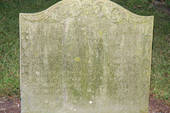
One of the best known of Hartpury’s headstones records the death of John Hale, a blacksmith, who was crushed by a bell in 1692
of Newent Church.
Loe
here's interred the Muses Passive Friend;
It is always desperately sad to see the grave of a young person, especially taken tragically - but at least Juliet's is beautifully kept and the grass short
Again the graves of
Melanie, Luie and Emma are so very loved and well
tended. Beatrix Potter’s ‘Tailor of Gloucester’ was based on a real tailor John
Pritchard, who married Martha daughter of Evan and Eleanor Williams. Evan and
Eleanor lie in this churchyard. 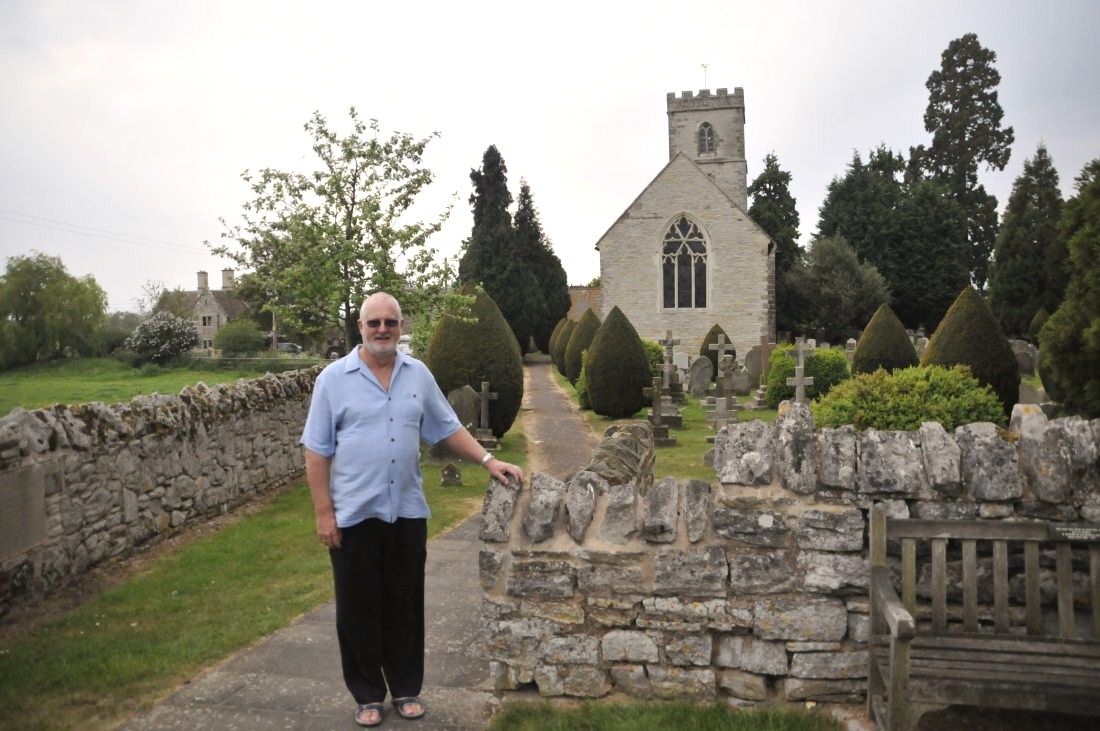
The cross only became a common feature in English churchyards during the Victorian era. Before it was regarded as ‘popish’.
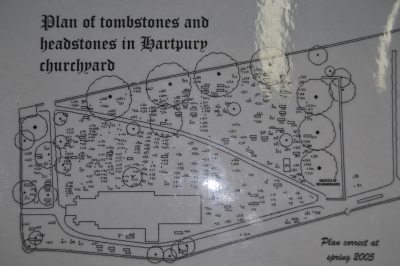 
In the church porch was an excellent plan of the churchyard (and a booklet we bought) with lists of people buried here
Even two Millard's are here - John and Lydia
ALL IN ALL A FASCINATING, WELL LOVED AND MAINTAINED PLACE OF PEACE VERY PRETTY AND VERY INTERESTING
|
